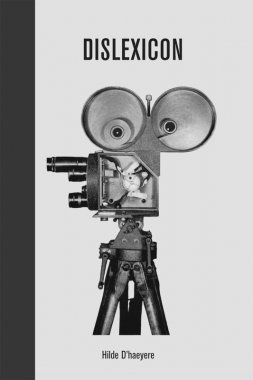
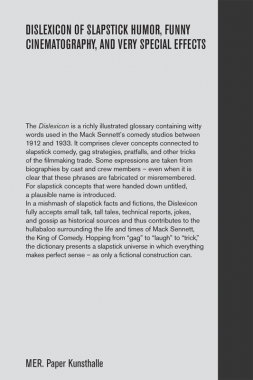
Hilde D’haeyere, Dislexicon
Hardcover, 64 pp., offset 1/1, 130 x 195 mm
Edition of 2000
ISBN 978-94-906-9331-2
Published by MER. Paper Kunsthalle
$20.00 ·
The ‘Dislexicon of Slapstick Humor, Funny Cinematography, and Very Special Effects’ is a richly illustrated glossary containing 138 witty words used in the Mack Sennett Comedy Studios between 1912 and 1933. It comprises clever concepts connected to slapstick comedy, gag strategies, funny pratfalls, dangerous stuntwork, and secrets of the filmmaking trade. In a mishmash of slapstick facts and fictions, the Dislexicon fully accepts tall tales, technical reports, jokes, and gossip as historical sources. Hopping from “gag” to “laugh” to “trick,” the dictionary presents a slapstick universe in which everything makes perfect sense — as only a fictional construction can.
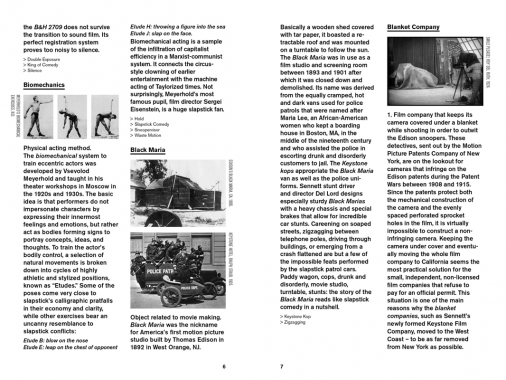
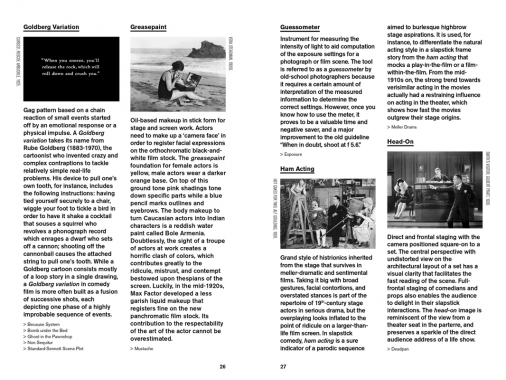
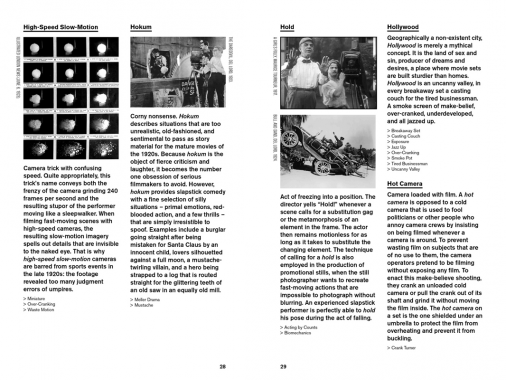
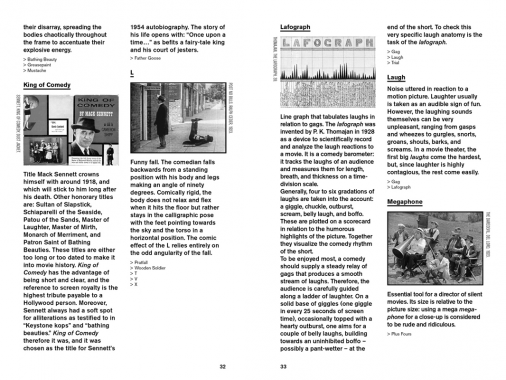
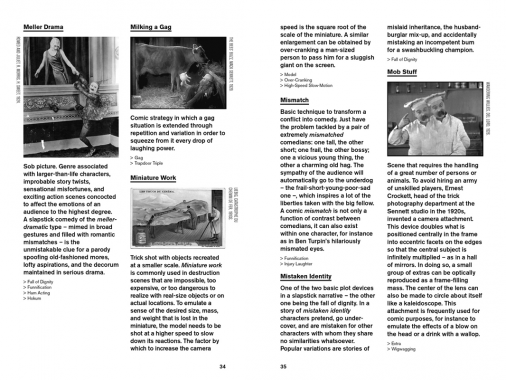
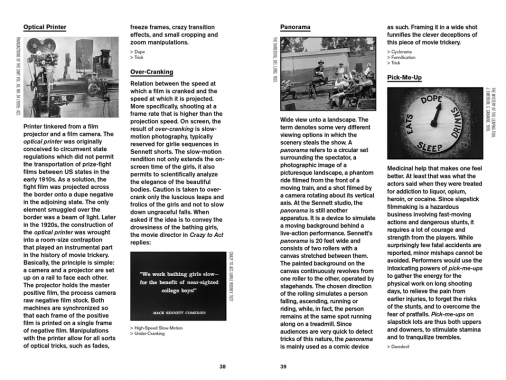
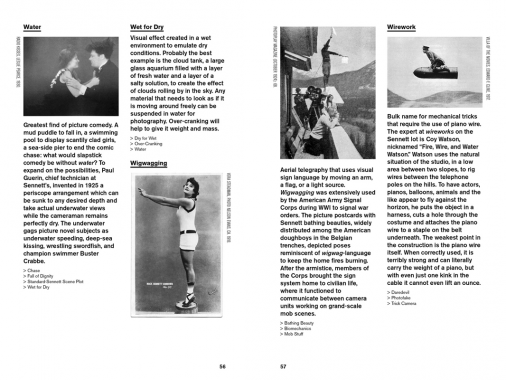
Cinematography, Comedy, Distribution, Film, Hilde D’haeyere, Hollywood, Los Angeles, Mack Sennett, MER. Paper Kunsthalle, Petra Van der Jeught, Photography, Slapstick, Sophie Nys
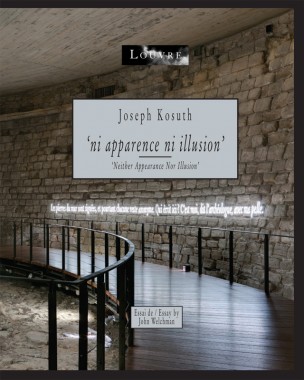
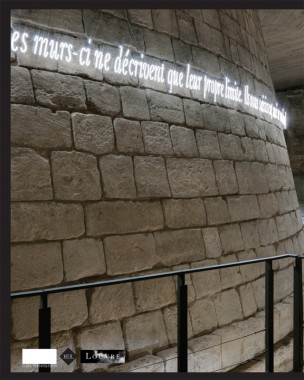
Joseph Kosuth, Neither Appearance Nor Illusion (’ni apparence ni illusion’)
Hardcover, 164 pp., offset 4/4, 260 x 320 mm
English and French
Edition of 5000
ISBN 978-94-906-9303-9
Published by MER. Paper Kunsthalle
$65.00 ·
Published on the occasion of Joseph Kosuth’s installation ‘Neither Appearance Nor Illusion’, an exhibition in the Medieval Louvre. Joseph Kosuth installed on the foundation walls of the original Louvre palace 15 neon text lines he appropriated from an artwork he developed to be read on the Internet, a project for young artists at the Brooklyn Museum. In this context combining a medieval archeological site with a historical art institution the exhibition circuit unfolds the field of potential meanings that always has been the hallmark of Kosuth installations. Entitled ‘Neither Appearance Nor Illusion’ in reference to Nietzsche, it is undoubtedly one of the artist’s most successful and spectacular interventions to date.
Texts by Henri Loyrette, Marie-Laure Bernardac and John Welchman and an interview between Joseph Kosuth and Jacinto Lageira.
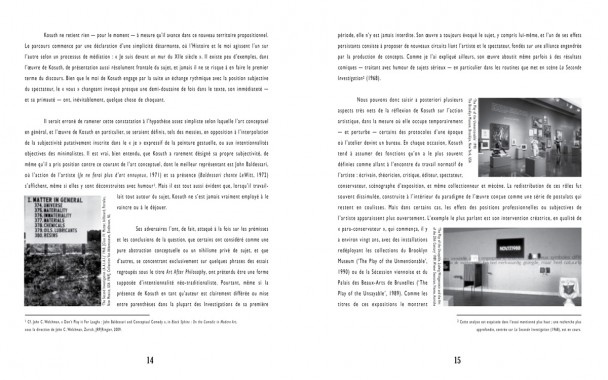
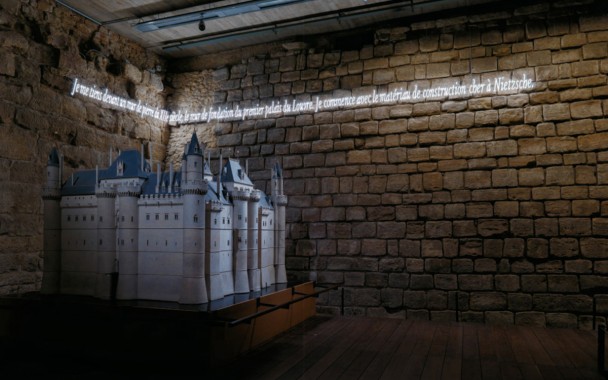
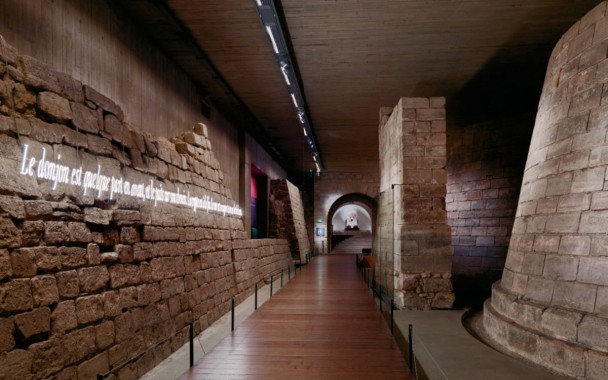
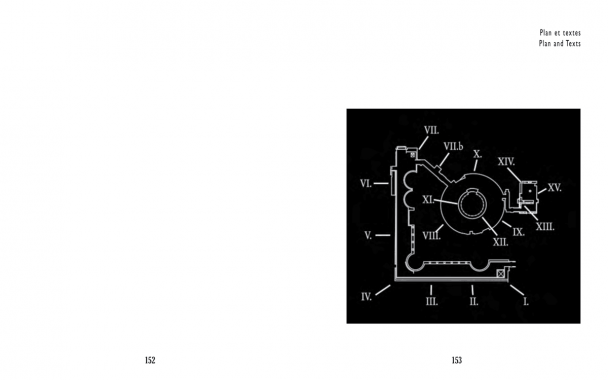
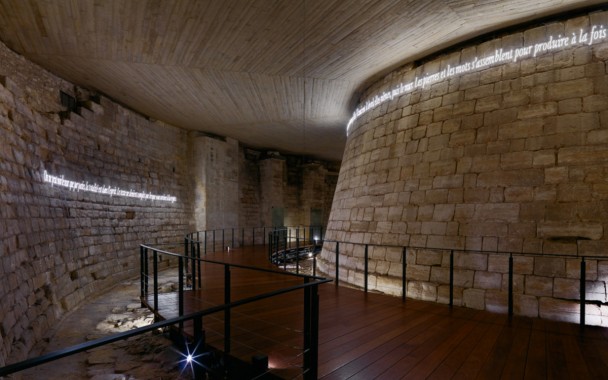
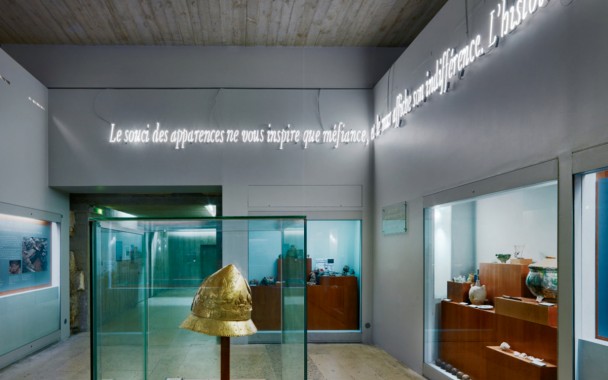
Antiquity, Art, Brooklyn Museum, Distribution, Fiona Biggiero, Florian Kleinefenn, Friedrich Nietzsche, Henri Loyrette, Installation, Jacino Lageira, John Welchman, Joseph Kosuth, Liz Dalton, Luc Derycke, Marie-Laure Bernadac, MER. Paper Kunsthalle, Musee du Louvre, Sculpture
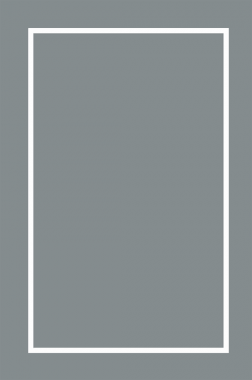
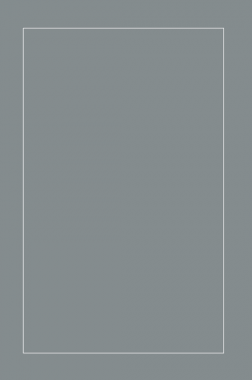
Tyler Coburn, I’m that angel
Softcover, 96 pp., offset 1/1, 6 x 9 inches
Book and performance
Edition of 500
Published by Tyler Coburn
$30.00 ·
I’m that angel is a cycle of writings and performances that explores the contemporary conditions of how we work on and against the computer, narrated from the cognitive cell of one highly neurotic user. The project considers the master narratives of technological and socioeconomic progress that have naturalized Web 2.0’s largely unprecedented user platform, as well as the pre-histories of the Millennial, the blogger and the prosumer: trenchant constituents of the digital public that figure into ongoing Western concerns with the relationships between sincerity and authenticity; realism and reality; the diaristic and the literary; and the author and the individual who nominates to take on, and produce under, that title.
Nodding to the defamiliarization strategies of Russsian formalists like Viktor Shklovskii, I’m that angel takes shape as a stony stone, a cut in the stream – a book. The format concretizes found quotes and other elements; and in every line, a pathology characteristic of our era. Call it inattentionality as method.
Designed by Eric Nylund, this book shores up the bibliographic and citational structures that underpin much of the Internet, as well as literary forms like the confessional and the epistolary that offer precedents for net vernacular. I’m that angel works to build an expanded form of the printed page that draws upon the computer screen’s predecessors: the exegetical framings of The Talmud, for example, and the columnar stutter of Derrida’s Glas. The work attempts, in short, to thread hypertext into a paraliterary matrix.
The second part of this project involves readings of the entire book, performed by actor Justin Sayre, at colocation centers worldwide. If the book sustains a material limit that belies the diffuse shape of the cloud, then these sited readings attempt to effect similar concretions by having author, actor and audience occupy a highly securitized, geopolitical and visual field that is rarely made available to the public. The first such performance occurred, over three nights in April 2012, in an all-glass, octagonal conference room, overlooking racks of servers, at Digital Realty in downtown Los Angeles.
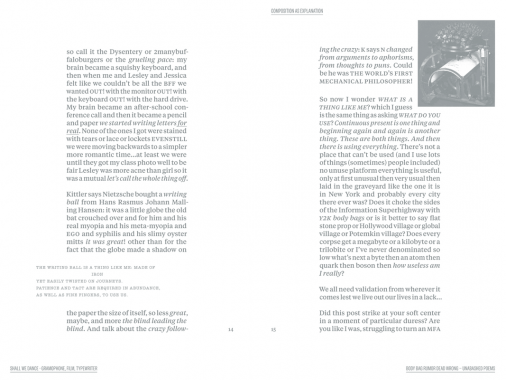
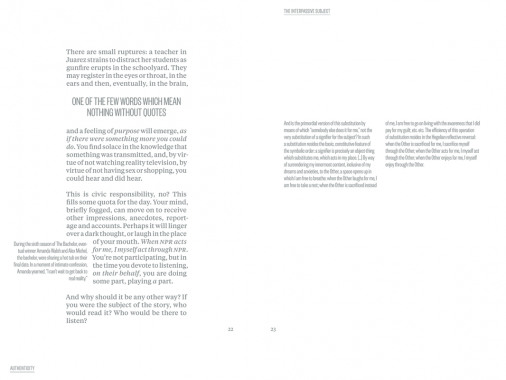
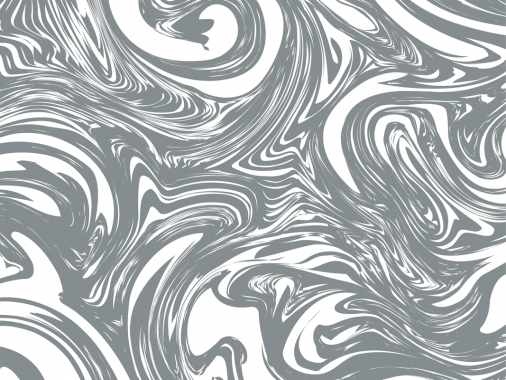
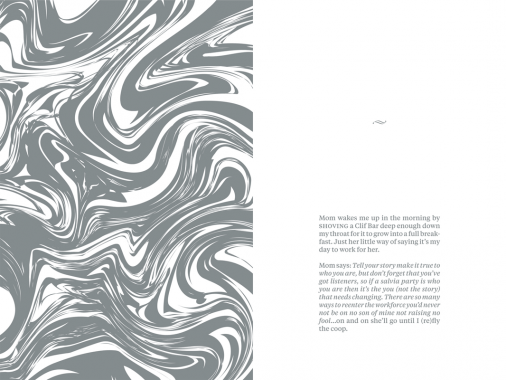
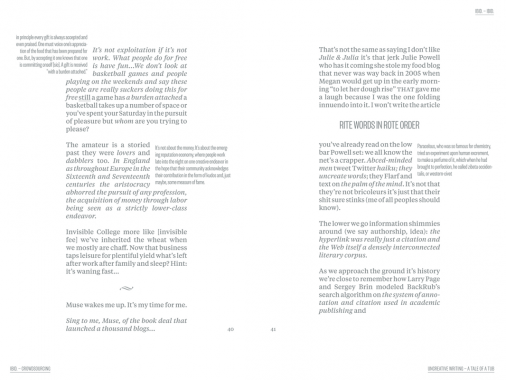
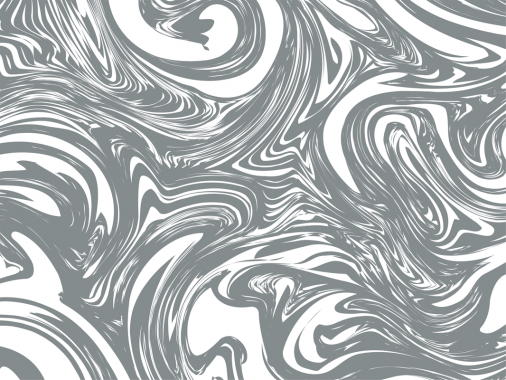
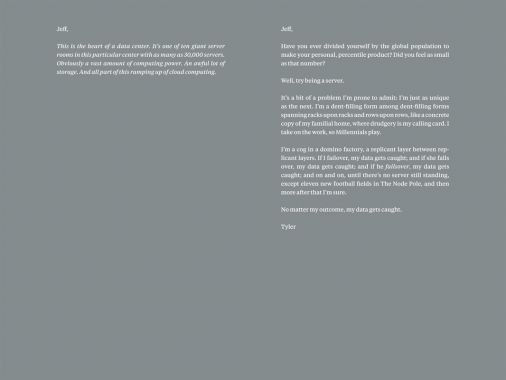
Art, Distribution, Eric Nylund, Joseph Portillo, Justin Sayre, Marc Rosenthal, Matthew Corwin, Performance, Roski School of Fine Arts, Tyler Coburn, Viktor Shklovskii
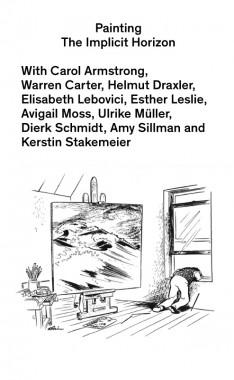
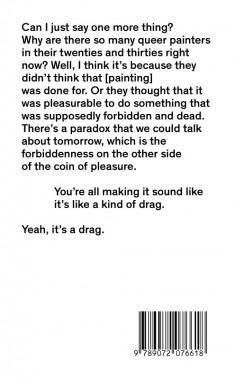
Avigail Moss and Kerstin Stakemeier, Painting — The Implicit Horizon
Softcover, 192 pp., offset 1/1, 110 x 140 mm
Edition of 500
ISBN 978-90-72076-61-8
Published by Jan van Eyck Academie
$11.00 · out of stock
Painting — The Implicit Horizon documents a symposium which took place at the Jan van Eyck Academie in Maastricht, the Netherlands. The book presents essays and transcripts of discussions between European and American artists, art historians, and critics who have looked at some of the ways painting has been conceived of in the eras after Conceptual Art. Addressing ideas of production and consumption, critiques of the end of art, issues of age, accomplishment, and the myth of the painter, the book posits that painting, as a working practice as well as a historical referent, serves as an implicit horizon or limit condition for other media.
“Jimson lives in a ramshackle houseboat on the Thames river, where he reminisces about the days when the state collected his paintings, hides from the police (who pursue him for his minor infractions and debts) and schemes about how to extract money from various wealthy patrons. That is, his struggles are conceptual, material and financial and always involve a race against time and an acknowledgement of his own limitations even in light of his successes. After a series of roguish scrapes, he finally receives a retrospective at Tate Britain: a triumph that does little to alleviate his destitution. But the film’s dénouement comes when Jimson paints a “monument to England”: a giant mural representing “The last Judgment” on the side of a bombed-out church aided by a cadre of voluntary art student assistants who he keeps remunerated in cups of coffee. The film ends when Jimson — threatened by council developers looking to capitalize on the land — voluntarily bulldozes his mural in advance of the city bureaucrats and sails off down the Thames in search of a new horizon: perhaps another, larger wall (or a further expansion of painting as such).”
CONTRIBUTORS
Carol Armstrong, Warren Carter, Helmut Draxler, Kerstin Stakemeier, Elisabeth Lebovici, Esther Leslie, Avigail Moss, Ulrike Müller, Dierk Schmidt, and Amy Sillman.
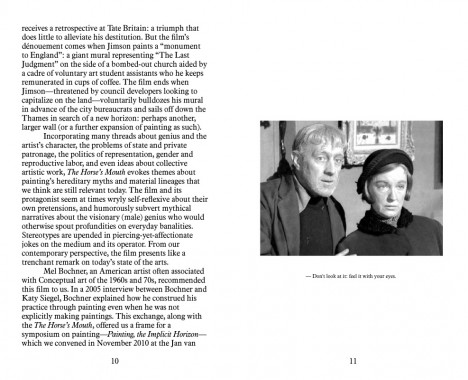
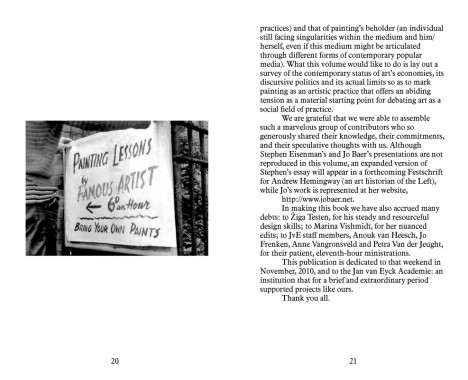
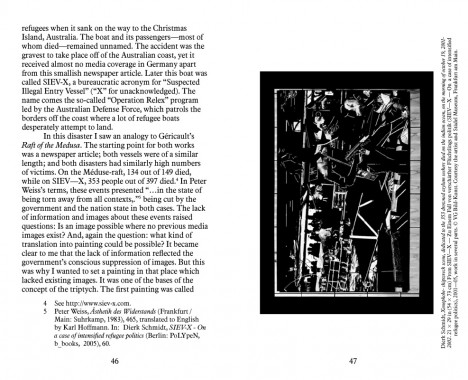
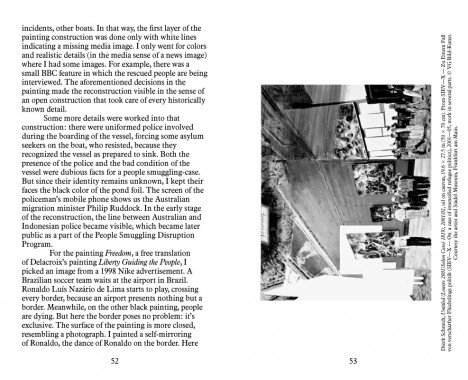
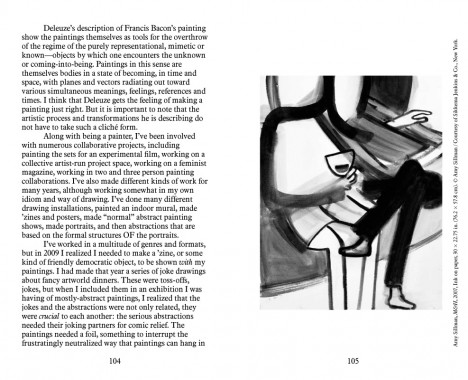
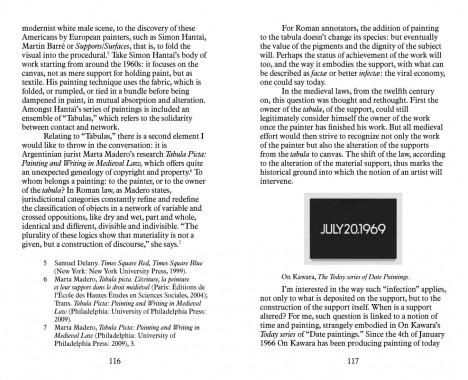
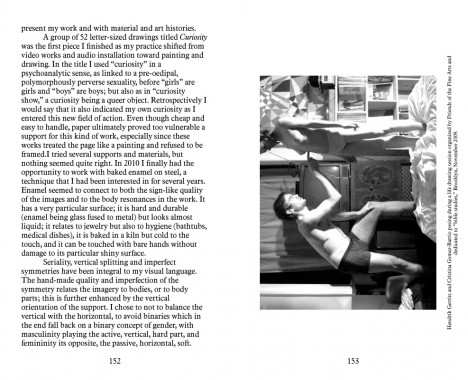
Alan Smart, Amy Sillman, Annet Perry-Schoot, Anouk van Heesch, Art, Avigail Moss, Carol Armstrong, Criticism, Culture, Daniel Brustlein, Dierk Schmidt, Distribution, Elisabeth Lebovici, Esther Leslie, Fox Hysen, Gully Jimson, Helmut Draxler, Jan van Eyck Academie, Jo Baer, John Bratby, Katja Diefenbach, Kerstin Stakemeier, Marina Vishmidt, Minika Baer, Painting, Ronald Neame, Sir Alec Guinness, Stephen Eisenman, Theory, Ulrike Müller, Warren Carter, Žiga Testen

Enrique Santos, The Mexican Suitcase
Softcover with flaps, 360 pp., offset 4/1, 200 x 240 x 32 mm
English and Spanish
Edition of 2000
ISBN 978-607-7636-29-8
Published by Landucci
$45.00 ·
The Mexican Suitcase is the result of more than three years of work by the Mexican-based Argentinian artist, Enrique Santos. This artist book could be, amongst other things, a ‘catalogue’ of an apocryphal exhibition that is not meant to be, one that from its very beginning proposes a reverse path to that already established — first the book, and then? Ever since this basic wink (not to mention that the title itself is an appropriation) Enrique Santo’s work addresses the idea of “robbery”. Using diverse languages and tools (photography, collage, video, sculpture, film, installations) the artist reflects upon the contemporary artistic works in a sociocultural and political environment of violence in which we find ourselves immersed. Robbery as a metaphor of appropriation and “postproduction” — in Bourriaud’s definition of the word — as an element specific of an artistic way of producing, that is loaded with intertextuality, reference, discourse and images that roam our daily lives.
Santos’ work is a way of thinking about how contemporary art is produced, and at the same time it talks about the gaze, the interpretation of he/she who observes, the understanding and production that comes with every look. It reflects upon a single active spectator, who builds a discourse, appropriates all meanings and elaborates on them according to his life story, and his social, cultural and emotional capital. That gaze has a filter through which history is interpreted. It talks about and with the viewer without underestimating his capacity for understanding. From the very beginning, the book presents a relationship of shared complicity, discourse, codes and understandings, but demands a lucid and imaginative perspective.
Retaking film, journalistic, documentary and advertising language, Santos quotes and reinterprets the great thieves of the screen and some real criminals, in order to talk about lies, confusions, myths and misunderstandings, as well as an ever more violent and heartbreaking reality that crawls into our lives through trivialized and shallow images.
— Florencia Magaril
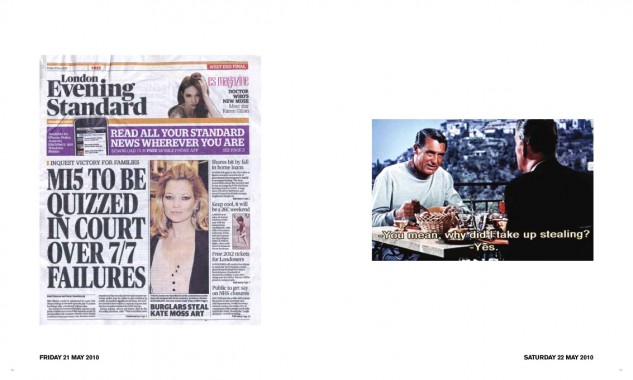
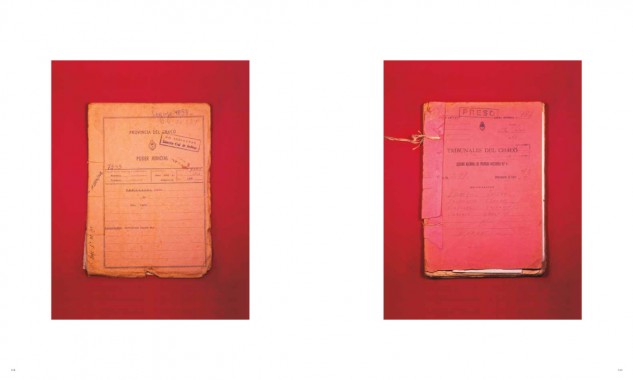
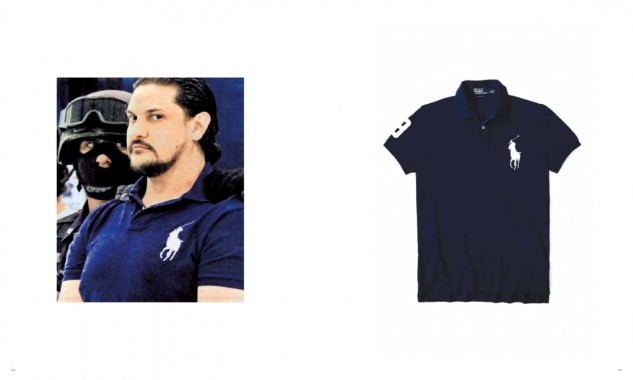
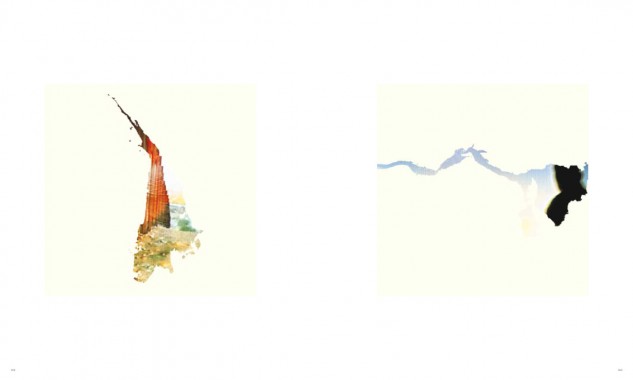
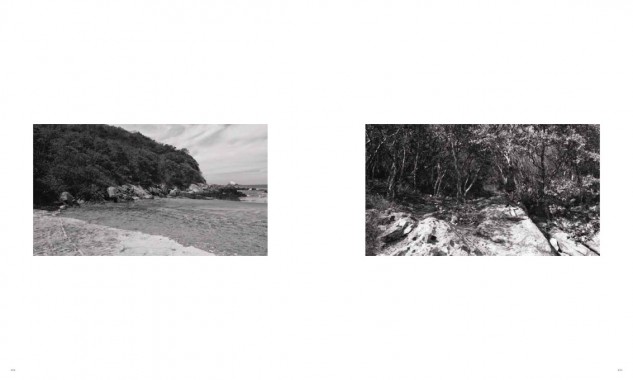
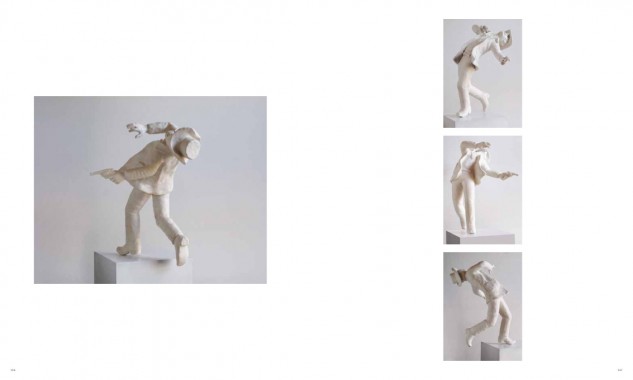
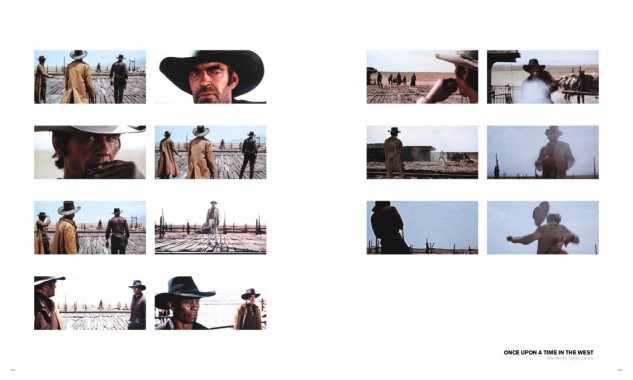
Aaron Smuts, Antonieta Cruz, Art, Deleuze & Guattari, Distribution, Edward Said, Enrique Santos, Film, Florencia Magaril, Gilberto Salinas, Goya, Graham Huggan, Guadalajara, Jalisco, Jean-Luc Goddard, Jorge Luis Borges, Landucci, Marshal McLuhan, Mexico, Pepe Montelongo, Photography, Randy Kennedy, Roland Barthes, Roman Gubern, Sculpture, Tera Patrick, Werner Herzog
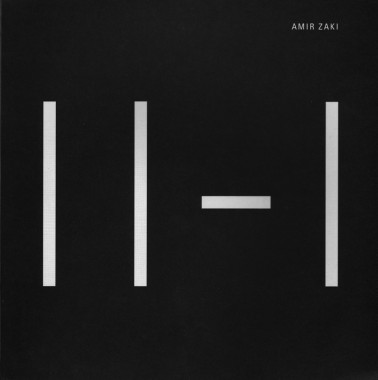
Amir Zaki, Eleven Minus One
Softcover, 122 pp., offset 4/4, 9 x 9 inches [26 x 36 inches unfolded]
Edition of 500
ISBN 978-0-26172-2-9
Published by LAXART
$75.00 ·
For this project,
Amir Zaki carefully reconstructed and reinterpreted, in virtual 3D space, several photographs from a series made in the mid-1980’s by Swiss artist duo Peter Fischli and David Weiss. Their photographs depict precariously balancing temporary sculptures that they intentionally constructed in a slap-dash manner. Their photographs of these sculptures were casually shot in their studio using unprofessional lighting and equipment. Through these photographs of temporary sculptural constructs made of household detritus, Fischli and Weiss subvert the idea of sculpture as a heroic manifestation of a unique and masterfully constructed object. Their work privileges the document over the sculpture, which Zaki interprets as an ironic inverse of the ubiquitous professional photographic documentation of the ‘serious’ sculpture found in so many art books and journals. In Zaki’s adaptation of their work, there is a re-inversion at play as he privileges the sculpture again, but only as a 3D virtual non-object in order to destabilize their relationship. This has manifested as a series of short photorealistic animation loops and a foldout book based on the eleven different ways that a cube can be unfolded. Working with this methodology allowed Zaki to further interrogate the conventions and limitations of photography by exploring depictions of ‘real’ space, but without the restraints of actual physics or forces such as gravity. Zaki is interested in the perversion of using Fischli and Weiss photographs of quickly made, throw-away sculptures as a source to create an incredibly laborious photorealistic virtual 3D scene that can be explored from all angles, both through photographic and orthographic projections. In this project Zaki has also fetishized the sculptures by making them virtual, stylized and idealized. He has resurrected these sculptures and placed them in a world where they need not ever ‘fall’ (fail). In the animations Zaki has created, the sculptures simply spin, teeter or gyrate indefinitely. In the photographs Zaki has rendered for the book, the sculptures hover in a perfect orthographic projection space, surrounded by a black void.
The book is a complex foldout design that is quite difficult to describe in text. It is ten double-sided square pages. Each page spread unfolds into unique configurations of six squares that represent all sides of a cube. The images on each unfolded page spread depict 3D digital recreations of photographs from the series Equilibres by Swiss artist duo Peter Fischli and David Weiss. When fully unfolded, the book opens up to approximately 27 x 36 inches. It is an interactive object, and can be folded and unfolded in multiple ways, creating grids, cubes, and unfolded boxes, each creating a unique experience and juxtaposition of images. It is important to recognize the book in terms of a limited edition or a multiple. It is also more of an object with sculptural qualities and a tactile nature than a ‘book’ in the traditional sense.
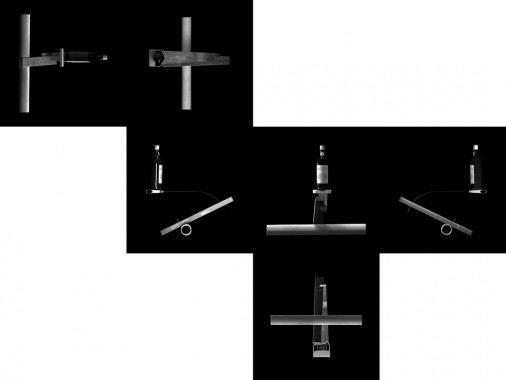
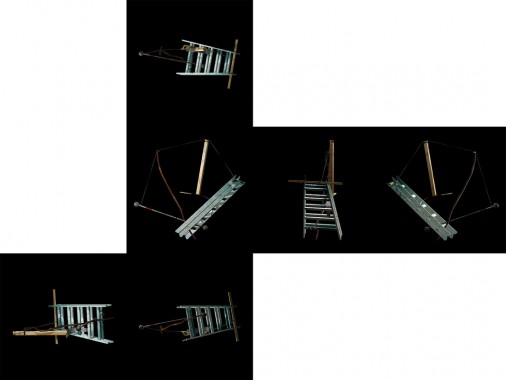
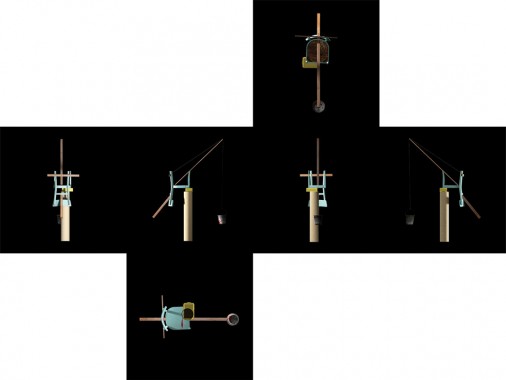
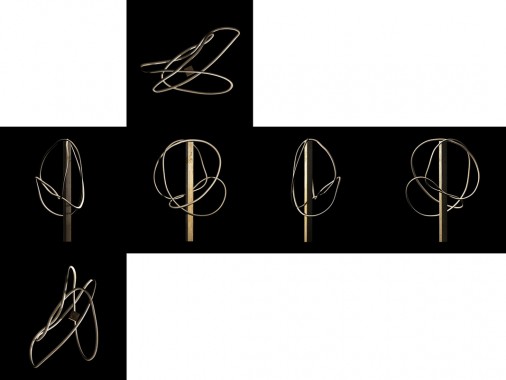
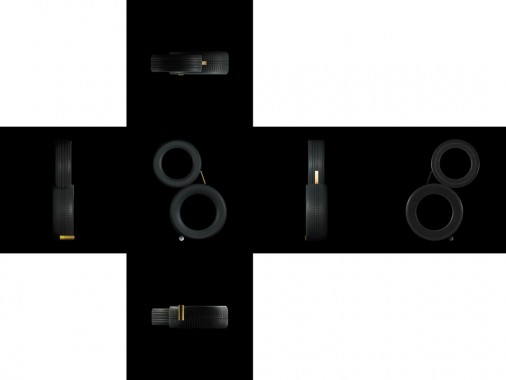
Amir Zaki, Art, David Weiss, Distribution, Eighth Veil, Greenblatt-Wexler, LAXART, Peter Fischli, Photography, Sculpture
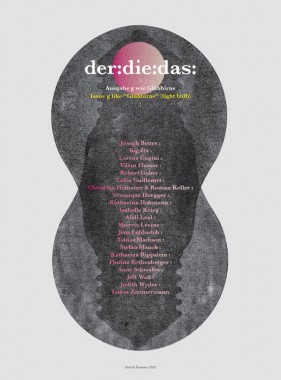
der:die:das:, Issue g like glühbirne (light bulb)
Softcover, 92 pp., offset 4/1, 200 x 270 mm
English and German
Edition of 1000
ISSN 1663-2508
Published by der:die:das:
$20.00 ·
Some words on, and images of, glühbrine (light bulb). Featuring: Joseph Beuys, Big Zis, Lorenz Cugini, Vilem Flusser, Robert Gober, Colin Guillemet, Christina Hemauer, Roman Keller, Veronique Hoegger, et al.
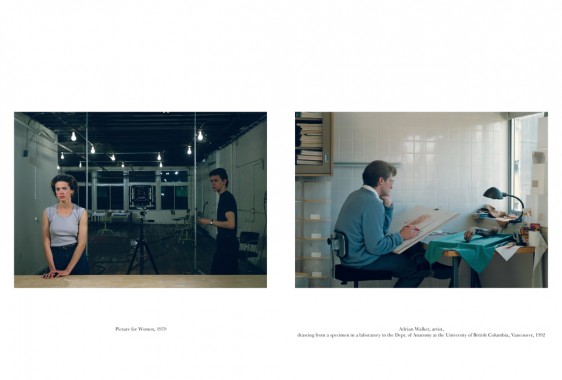
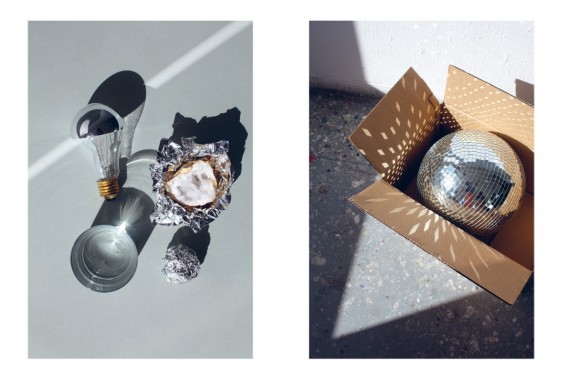
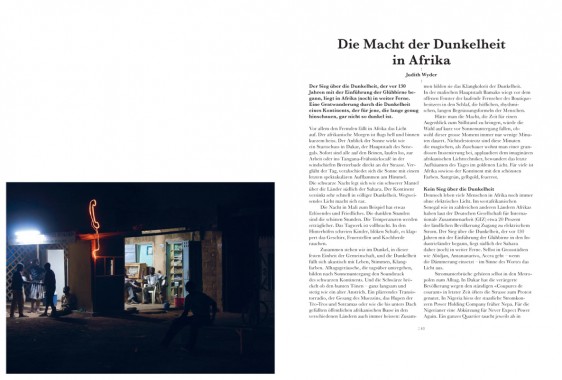
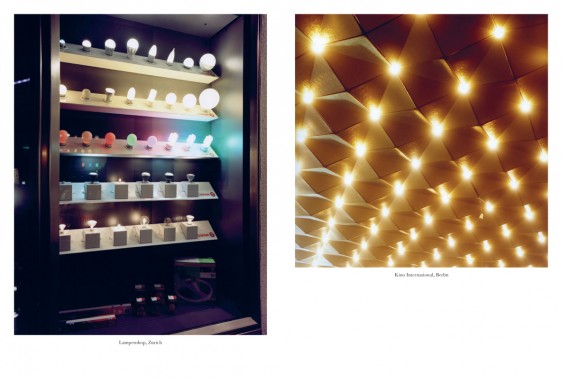
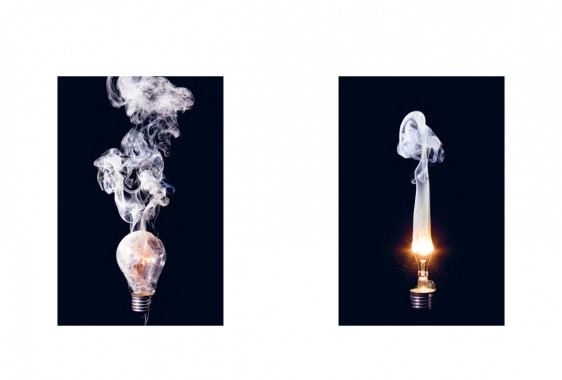
Aleli Leal, Anne Schwalbe, Art, Big Zis, Christina Hemauer, Colin Guillemet, Culture, der:die:das:, Distribution, Flurina Rothenberger, Isabelle Krieg, Jeff Wall, Jens Lubbadeh, Joseph Beuys, Judith Wyder, Katharina Hohmann, Katharina Rippstein, Lorenz Cugini, Lukas Zimmermann, Photography, Robert Gober, Roman Keller, Sculpture, Sherrie Levine, Stefan Mauck, Tobias Madison, Veronique Hoegger, Vilem Flusser
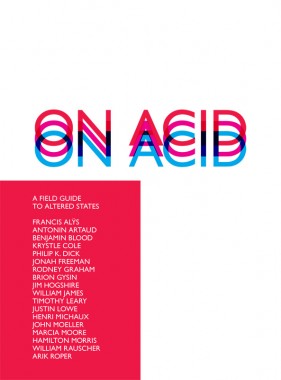
William Rauscher and John Moeller, On Acid
A Field Guide to Altered States
Softcover, 100 pp., offset 4/3, 200 x 265 mm
Edition of 1000
ISBN 978-0-615-53398-8
Published by CCC
$15.00 ·
On Acid presents a radically subjective re-edit of the history of drug experience, following the emergence of drugs as a technology and modernity’s conflicted obsessions with altered states. Tracing a path beginning with philosopher Benjamin Blood’s 1874 pamphlet ‘The Anesthetic Revelation and the Gist of Philosophy’ which declares the existence of a ‘majesty and supremacy unspeakable’ observable only after being dosed by nitrous oxide,
On Acid assembles texts and images that draw a line connecting archival works by William James, Antonin Artaud, Timothy Leary, and various modernist explorers, to the practice of contemporary artists such as Rodney Graham, Francis Alÿs, Jonah Freeman and Justin Lowe. Removed from the familiar cultural contexts of Haight-Ashbury and Grateful Dead psychedelia,
On Acid is in itself an experimental program, a recursive acidic process that mirrors the deconstructive relations to counterculture cultivated in contemporary art. The book concludes with a series of new conversations with Freeman and Lowe, Hamilton Morris and Arik Roper.
TEXTS
Francis Alys, Antonin Artaud, Benjamin Blood, Philip K. Dick, Rodney Graham, Brion Gysin, Dr. Albert Hofmann, Jim Hogshire, Aldous Huxley, International Federation for Internal Freedom, William James, Timothy Leary, Marcia Moore, William Rauscher, Alan Watts.
IMAGES
Brian Aldiss, Francis Alys, Carol Bove, Syd Barrett, Mathieu Briand, Krystle Cole, Jonah Freeman and Justin Lowe, Allen Ginsberg, John Giorno, Rodney Graham, Brion Gysin, Carsten Holler, Henri Michaux, John Moeller, Arik Roper, Sandoz Laboratories, Ettore Sottsass, Klaus Weber.
INTERVIEWS
Justin Lowe and Jonah Freeman, Hamilton Morris, Arik Roper.
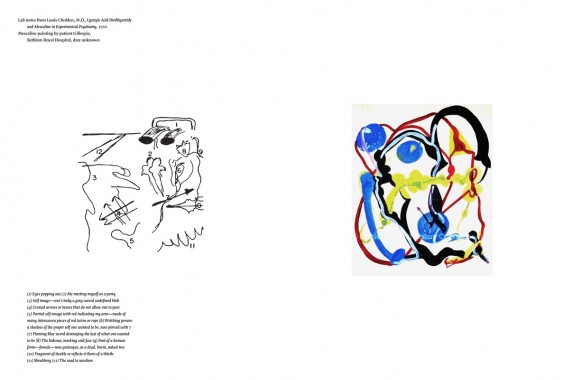
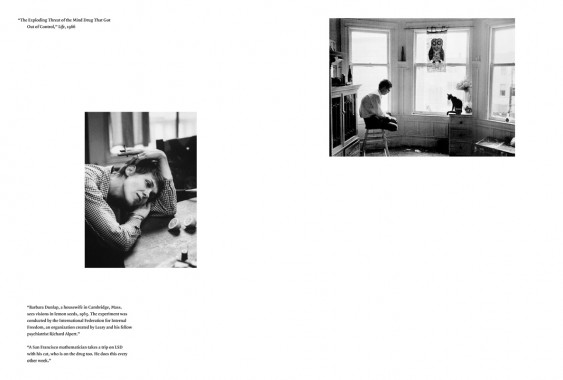
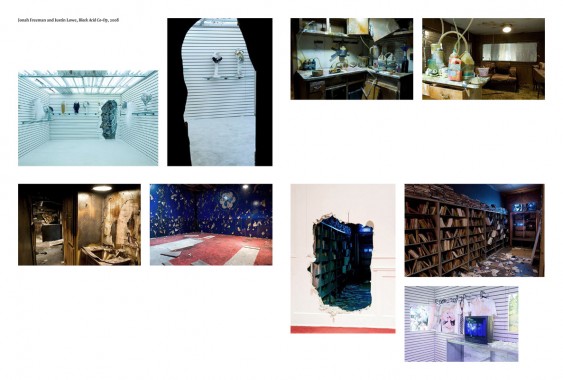
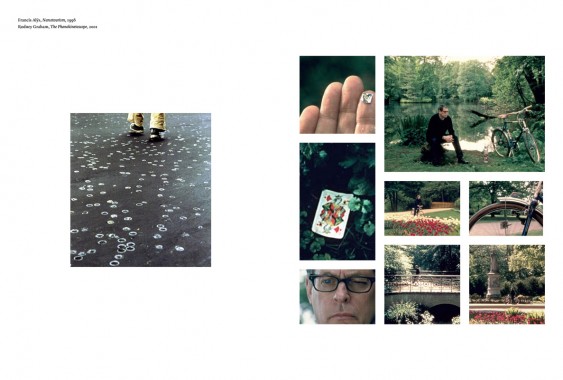
Alan Watts, Aldous Huxley, Allen Ginsberg, Antonin Artaud, Arik Roper, Art, Benjamin Blood, Brian Aldiss, Brion Gysin, Carol Bove, Carsten Höller, CCC, Criticism, Culture, Distribution, Dr. Albert Hofmann, Ettore Sottsass, Francis Alys, Hamilton Morris, Henri Michaux, International Federation for Internal Freedom, Jim Hogshire, John Giorno, John Moeller, Jonah Freeman, Justin Lowe, Klaus Weber, Krystle Cole, Marcia Moore, Mathieu Briand, Philip K Dick, Philosophy, Psychedelia, Rodney Graham, Sandoz Laboratories, Syd Barrett, Theory, Timothy Leary, William James, William Rauscher
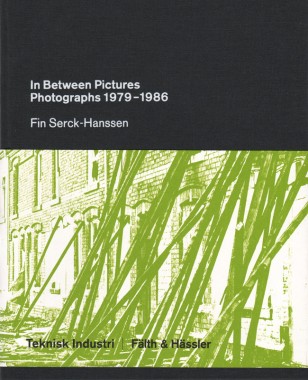
Fin Serck-Hanssen, In Between Pictures. Photographs 1979-1986
Hardcover, 256 pp., offset 2/1, 210 x 270 mm
English and Norwegian
Edition of 2000
ISBN 978-82-997894-5-5
Published by Teknisk Industri AS
$58.00 ·
In Between Pictures. Photographs 1979-1986 documents Fin Serck-Hanssens work as a photographer for Norwegian music magazines. From the early years of Norwegian Punk and underground music scene to English bands playing in Derby and London. New Order, Bauhaus, and the Clash are captured in the very start of their career. Through more than 150 photographs essential music culture: the bands, the crowd and the scenes, are documented. The book features new essays by Ole Robert Sunde, Christian Refsum, Paola Cortes-Rocca and Peter J. Amdam
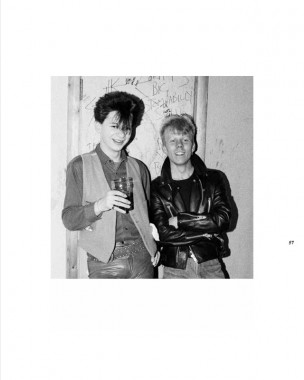
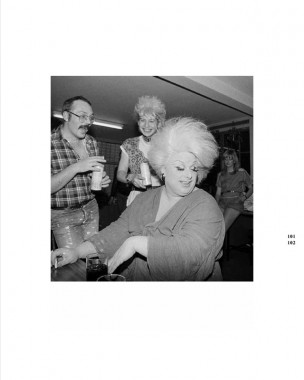
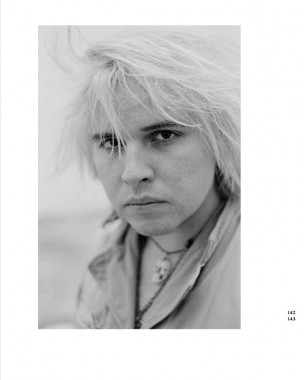
Bauhaus, Christian Refsum, Culture, Depeche Mode, Distribution, Divine, Echo & The Bunnymen, Fin Serck-Hanssen, Iggy Pop, Joey Ramone, Martin Kraetke, Music, New Order, Ole Robert Sunde, Paolo Cortes-Rocca, Peter Hook, Peter J Amdam, Peter Murphy, Petter Snare, Photography, Ramones, Teknisk Industri AS, The Cramps, The Cure, The Cut, The Fall, The Specials, Till Gathmann
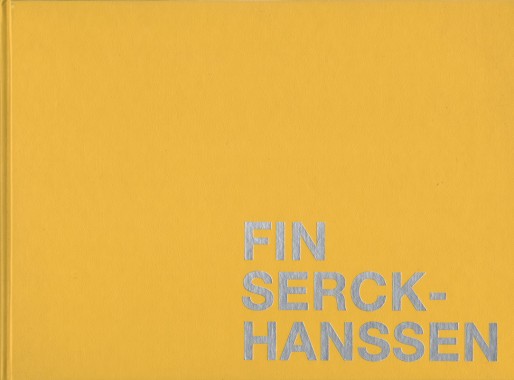
Fin Serck-Hanssen, Normalizing Judgement
Hardcover, 108 pp., offset 4/4, 320 x 230 mm
English and Norwegian
Edition of 1000
ISBN 978-82-997894-0-0
Published by Teknisk Industri AS
$50.00 ·
This series of work by Fin Serck-Hanssen looks at life inside the walls of eight Norwegian prisons of varying degrees of severity. From the open prison at Bastøy to the more harsh lock up conditions at Ullersmo. But inside is always inside.
— Michael Petry
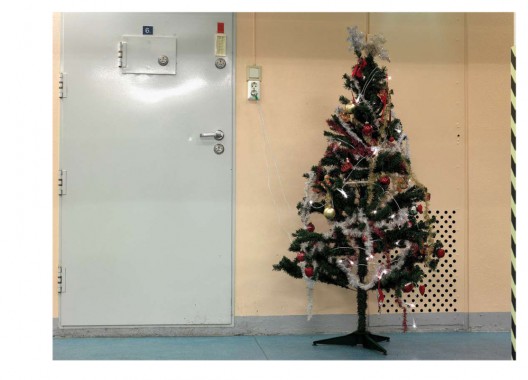
Culture, Distribution, Fin Serck-Hanssen, Michael Petry, Petter Snare, Photography, Teknisk Industri AS
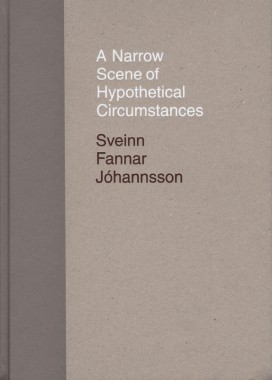
Sveinn Fannar Jóhannsson, A Narrow Scene of Hypothetical Circumstances
Hardcover, 84 pp., offset 4/4, 210 x 300 mm
English and Norwegian
Edition of 600
ISBN 978-82-997894-4-8
Published by Teknisk Industri AS
$42.00 ·
In the book project A Narrow Scene of Hypothetical Circumstances we access a visual universe revolving around dismembered pieces of familiar objects. Sketches, pictures and materials are united into a steady flow of everyday examination, in which apparent contradictions — painstaking exactitude and violence, empathy and calculation — bubble away beneath the surface. Rearrangement, representation and repression melt together on the border between construction and collapse, with an elegant sense of seriousness. The works are supplemented with texts by Friedrich Tietjen, Caroline Ugelstad, Leif Magne Tangen and Christopher Muller.
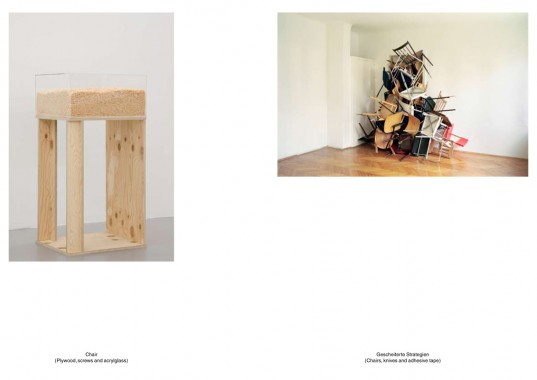
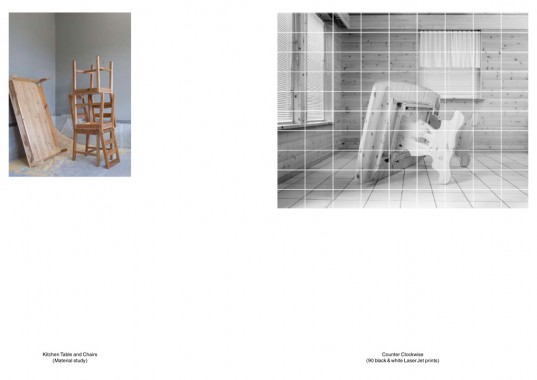
Art, Caroline Ugelstad, Carsten Humme, Christopher Müller, Distribution, Friedrich Tietjen, Jorg Schutze, Leif Magne Tangen, Martin Kraetke, Photography, Sculpture, Sveinn Fannar Jóhannsson, Teknisk Industri AS, Till Gathmann
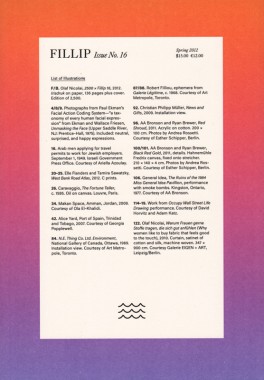
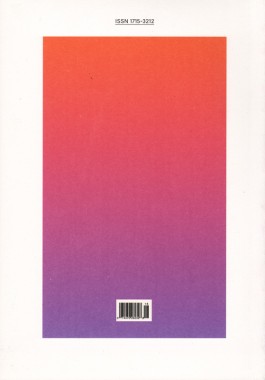
fillip 16
Softcover, 136 pp., offset [split fountain], 170 x 245 mm
Softcover, 32 pp., offset 1/1, 140 x 210 mm [Ariella Azoulay booklet]
Edition of 2500
ISSN 1715-3212
ISBN 978-0-9868326-6-6
ISBN 979-0-9868326-8-0 [Ariella Azoulay booklet]
Published by Fillip
$15.00 ·
Fillip is a publication of art, culture, and ideas released three times a year.
Fillip 16 continues the ongoing series of texts entitled Apparatus, Capture, Trace, and includes a booklet by Ariella Azoulay, Different Ways Not to Say Deportation.
The issue also continues essays from the Intangible Economies series, and focuses on the multifarious forms of exchange fueled by affect and desire. Intangible Economies speculatively investigates the fundamental role these affective transactions play in modes of representation and, accordingly, in cultural production.
1. Patricia Reed, Co-autonomous Ethics and the Production of Misunderstanding
2. Ola El-Khalidi and Diala Khasawnih, Gastronomica Makan
3. Christopher Cozier and Clair Tancons, No More than a Backyard on a Small Island
4. Vincent Bonin, Here, Bad News Always Arrives Too Late
5. Jon Davies, The Masculine Mystique
6. Philip Monk, Crises (and Coping) in the Work of General Idea
7. David Horvitz and Adam Katz, Occupy Wall Street Life Drawing
AA Bronson, Adam Katz, Alice Yard, Andrea Rossetti, Antonia Hirsch, Ariella Azoulay, Art, Christian Phillip Muller, Christopher Cozier, Clair Tancons, Criticism, David Horvitz, Diala Khasawnih, Distribution, Elle Flanders, Esther Schipper, Fillip, General Idea, Georgia Popplewell, Jon Davies, Kate Steinmann, Kristina Lee Podesva, Ola El-Khalidi, Olaf Nicolai, Patricia Reed, Paul Ekman, Philip Monk, Robert Filliou, Ryan Brewer, Tamira Sawatzky, Theory, Vincent Bonin, Wallace Friesen
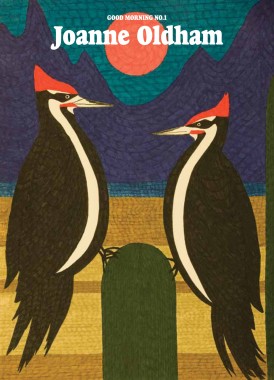
Good Morning 1, Joanne Oldham
Edited by Sammy Harkham
Softcover, 48 pp., offset 4/1, 6.5 x 9 inches
Edition of 500
Published by Family
$12.00 ·
Joanne Oldham has quietly been making art in a range of mediums for several decades. Though mostly known for a scattering of Bonnie ‘Prince’ Billy releases, including the iconic cover for I See a Darkness, the vast majority of this prolific artist and writer’s work has never been seen outside of her circle of family and friends. Intensely personal, warm, and often terrifying, her art is playful and mysterious, existing in a space of constant conflict. The debut issue of Good Morning dedicates the entire issue to a selection of work done over the last 25 years showcasing Oldham’s unique vision. Collages, paintings, drawings, as well as excerpts from Oldham’s memoir of growing up in the south in the 1950s are included, as well as biographical notes written by the artist herself.
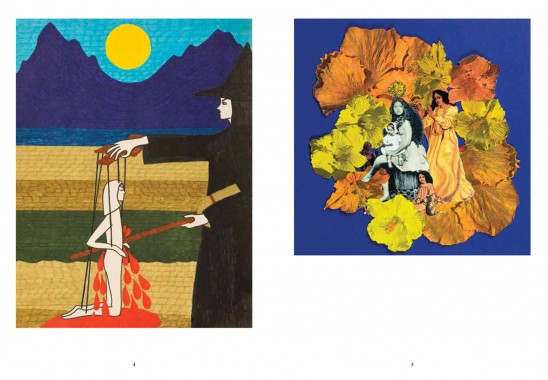
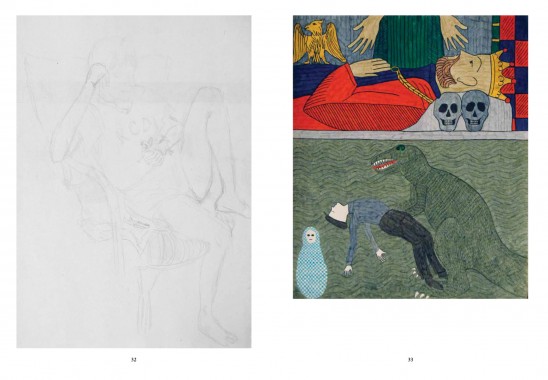
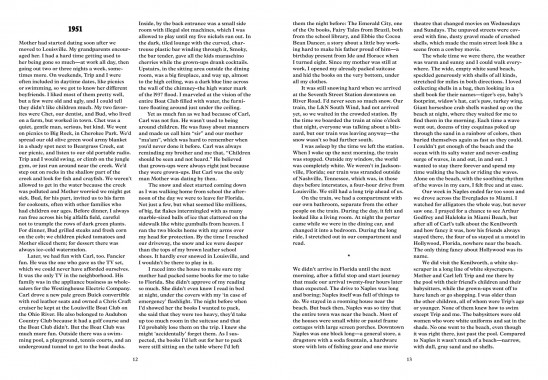
Aron Conway, Culture, Distribution, Family, Good Morning, Illustration, Joanne Oldham, Joe Oldham, Sammy Harkham, Will Oldham

































































